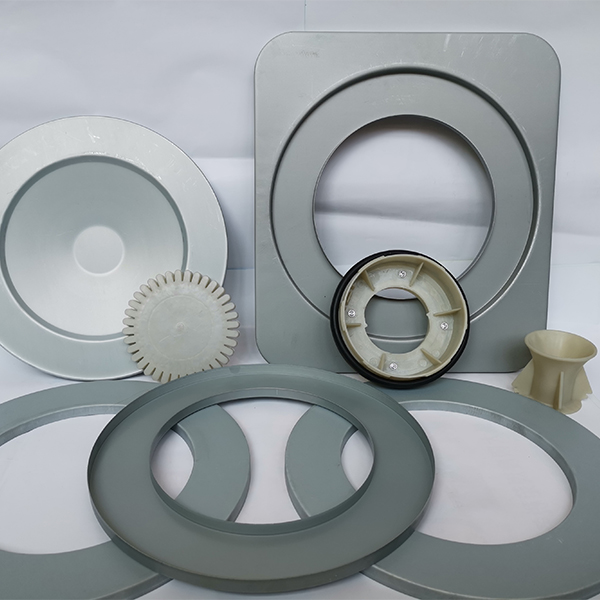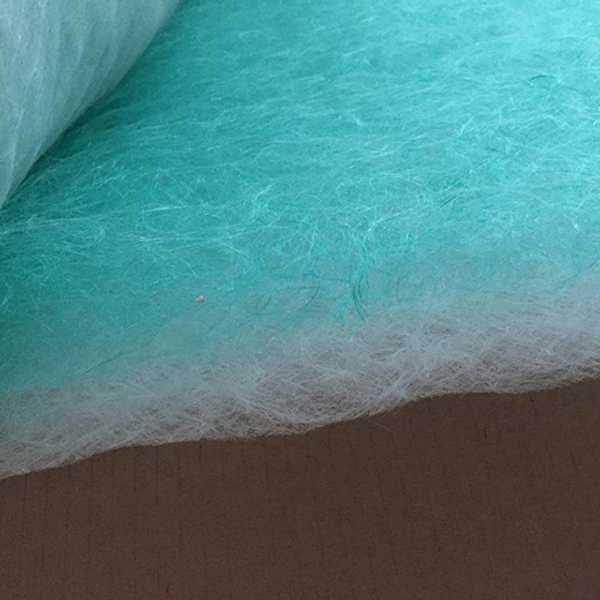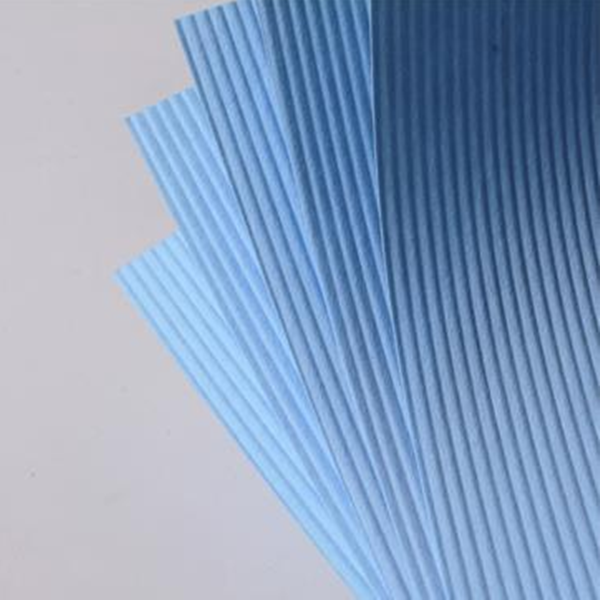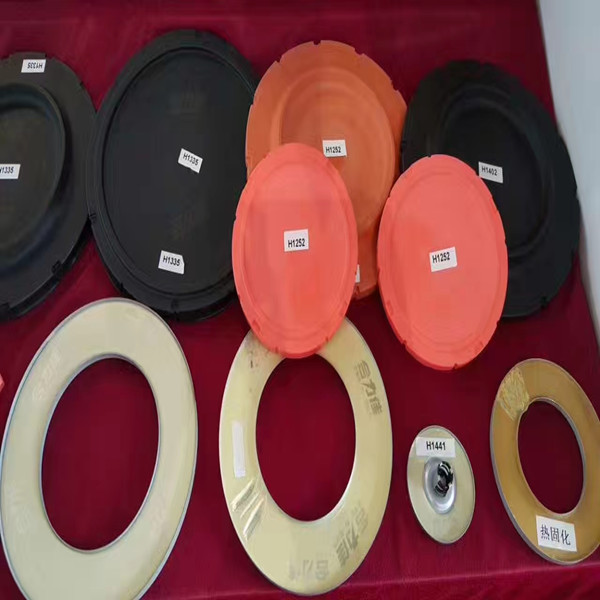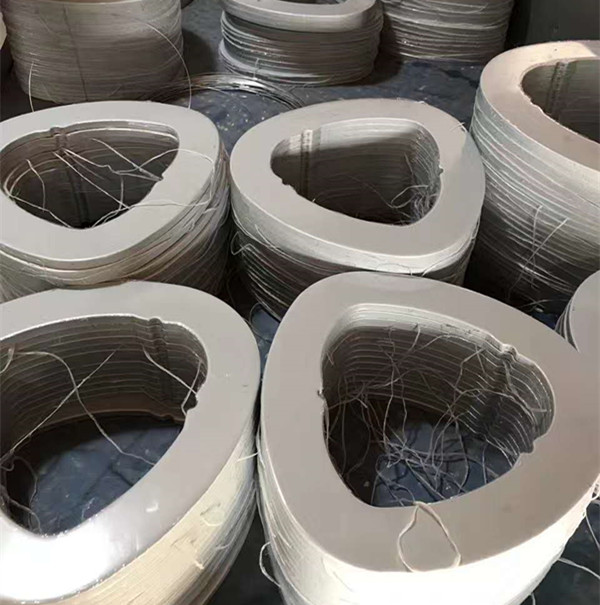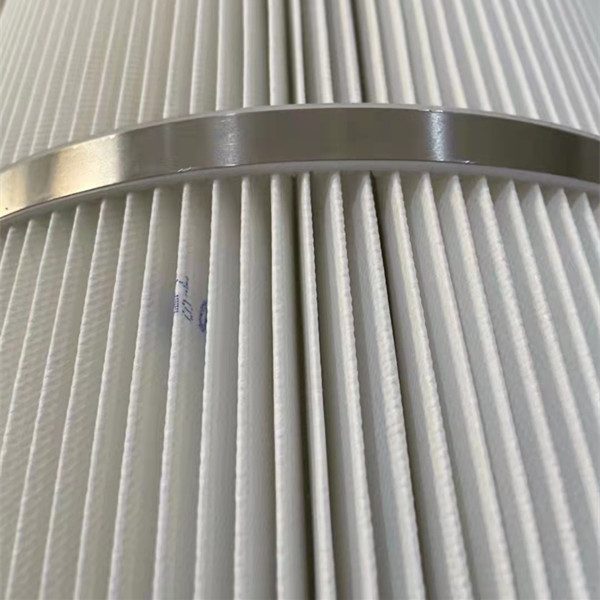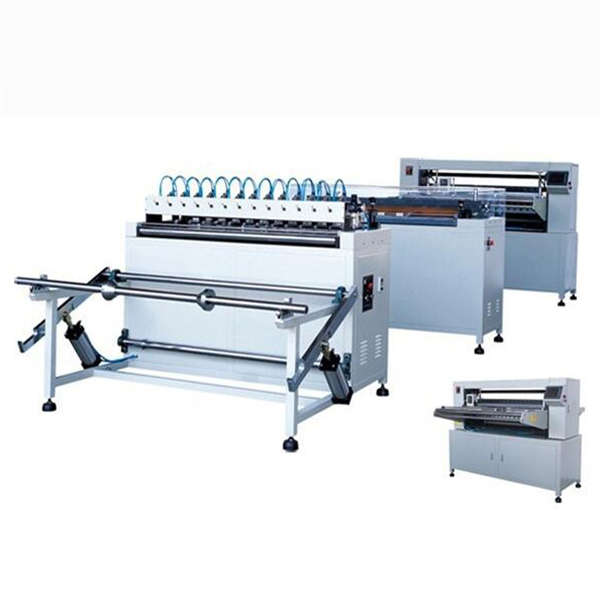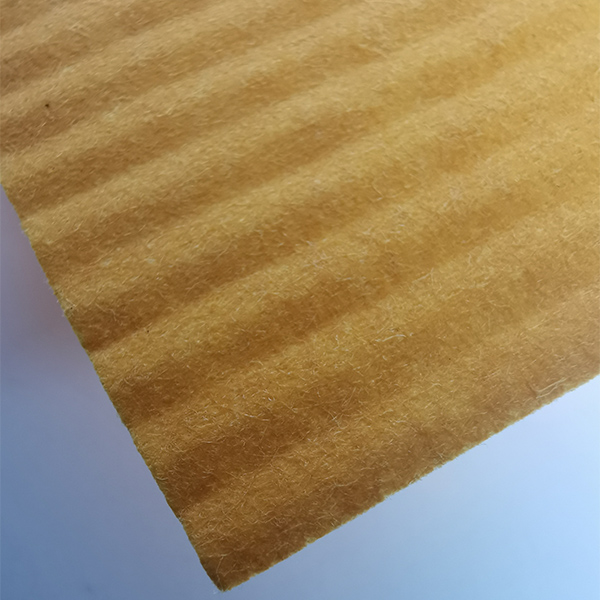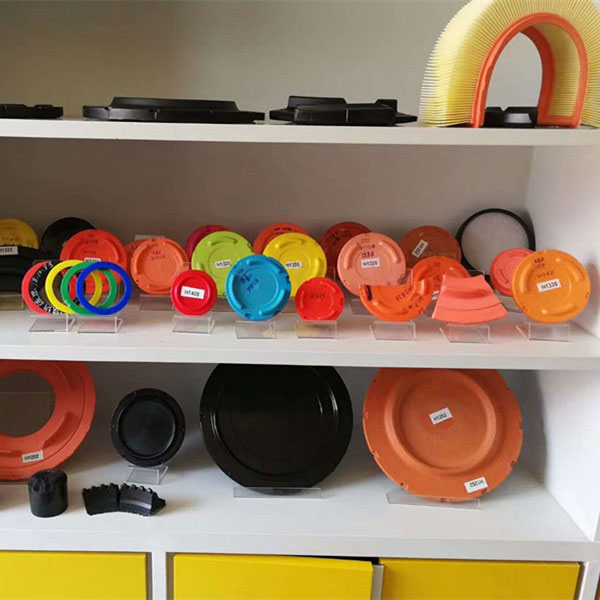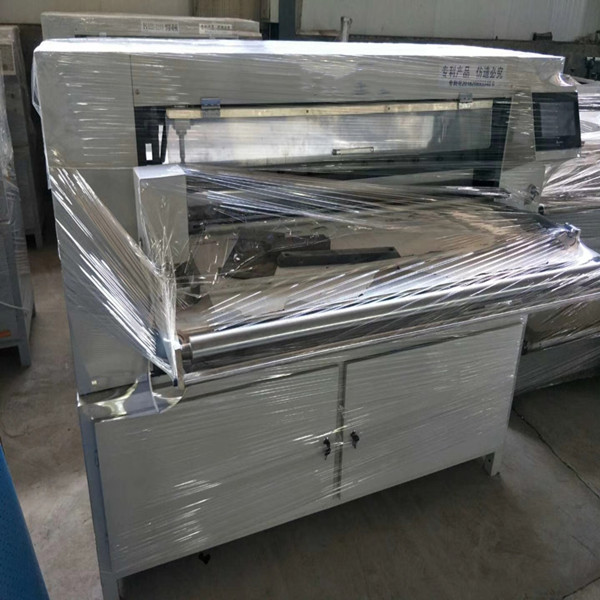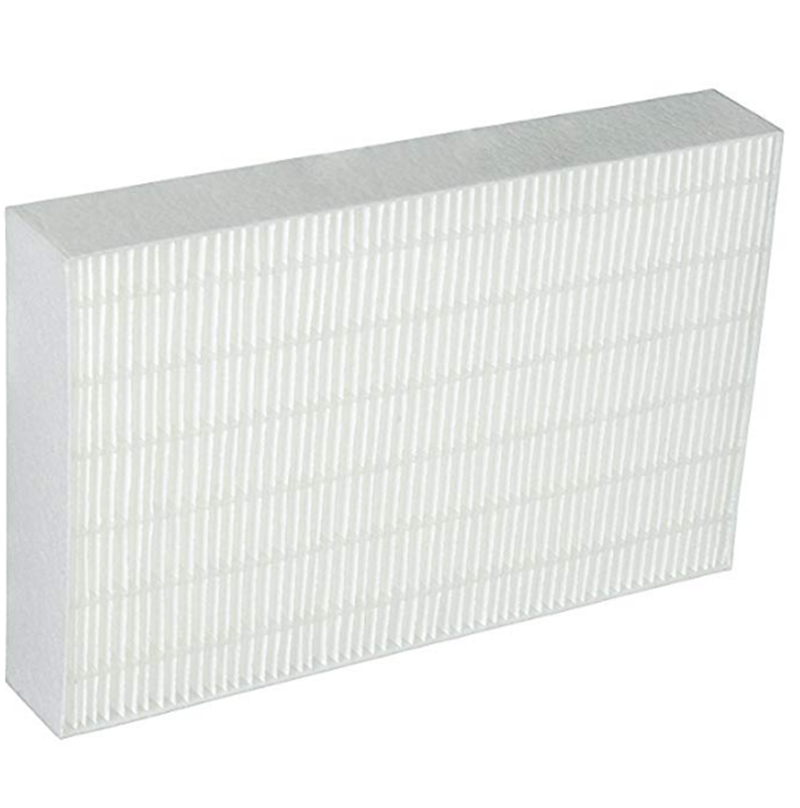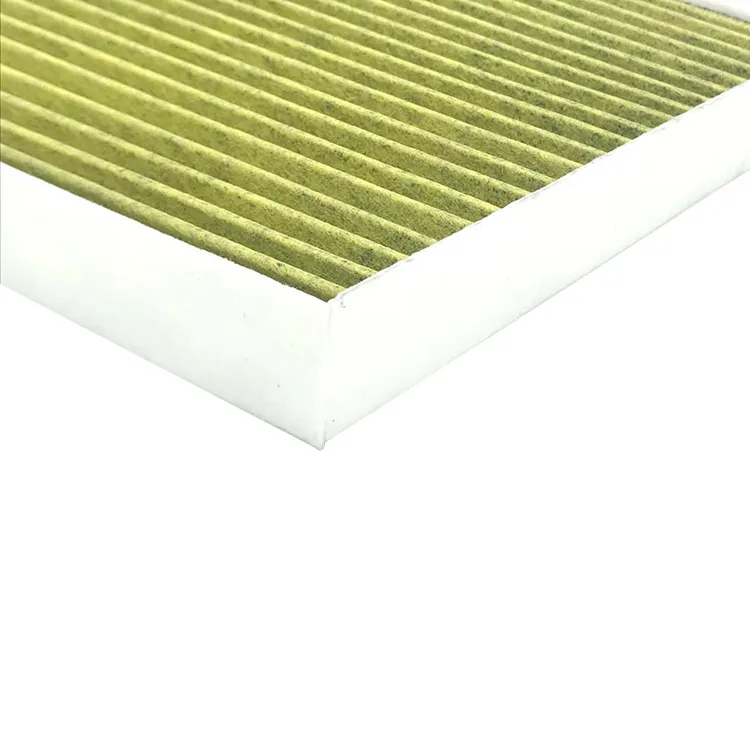- The critical function of air filtration in industrial ecosystems
- Engineering breakthroughs in roll filtration technology
- Performance validation through comparative metrics
- Manufacturer comparison across key parameters
- Customized engineering solutions for complex environments
- Application-based implementation in diverse settings
- Future trajectories in reusable filter technology
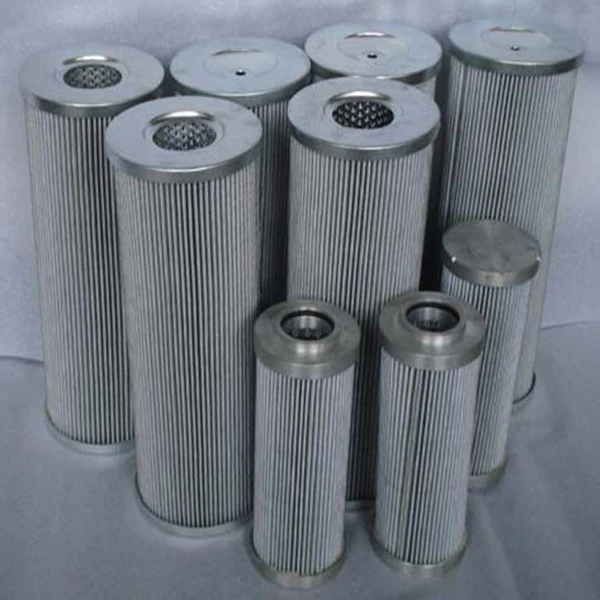
(roll of air filter)
Roll of Air Filter: Vital Defense in Modern Industrial Systems
The fundamental roll of air filter
technology transcends basic particle capture, serving as critical protection against equipment degradation and pollution in HVAC, manufacturing, and ventilation systems. Industrial applications demand specialized roll air filter media capable of intercepting sub-10 micron contaminants - finer than human hair - that cause premature wear, microbial growth, and production contamination. Contemporary filter rolls achieve 95.8% initial efficiency on ASHRAE 52.2 standards while maintaining 0.11inWG resistance, balancing airflow with particle retention.
Technological Advancements in Filtration Media
Recent innovations have transformed roll media capabilities through nanofiber fusion coating technology, which enhances surface loading capacity by 65% over conventional glass fiber rolls. This layered construction incorporates electrostatic micro-zones that capture particles without increasing air resistance - the primary limitation of older media types. High-performance options now integrate activated carbon layers eliminating gaseous pollutants in a single pass, with VOC adsorption rates exceeding 95% in critical environments like laboratories and semiconductor production.
Performance Validation Through Metrics
Testing protocols reveal quantifiable advantages of modern roll configurations. When challenged with ISO A2 fine test dust (ASHRAE 52.1 protocol), premium roll filters demonstrated 33% longer service cycles than panel filters at identical efficiency levels. Extended lifespan directly translates to reduced replacement labor costs and hazardous waste generation. Cross-referenced EPA studies show optimized roll media reduces energy consumption by 15% compared to traditional filter banks due to lower sustained pressure drop.
| Media Type | Efficiency (MERV) | Max Pressure Drop | Lifespan | Energy Cost/Year |
|---|---|---|---|---|
| Standard Fiberglass | MERV 8 | 0.35 inWG | 90 days | $215 |
| Synthetic Roll | MERV 13 | 0.28 inWG | 180 days | $187 |
| Nanofiber Hybrid | MERV 15 | 0.19 inWG | 240 days | $158 |
Manufacturer Comparison Matrix
Performance differences emerge distinctly across leading roll media producers when evaluated through standardized operational scenarios. Premium manufacturers incorporate proprietary hydrophilic coatings that extend washable media service cycles beyond 20 washing cycles without efficiency degradation. Specialized pleat geometry varies significantly between brands, directly influencing dust holding capacity per square foot. The most advanced vendors now integrate RFID tracking within media cores for automated replacement scheduling through facility management systems.
Application-Customized Formulations
Optimal roll deployment requires environmental calibration addressing specific contaminants and airflow patterns. In metalworking facilities, specialized stainless steel mesh overlays shield primary media from welding sparks while chemical processing plants utilize fluoropolymer-treated rolls resistant to acidic fumes. Large agricultural applications benefit from the unique hammock roll air filter configuration - a suspended V-shape design providing 220% increased surface area within standard plenum dimensions, reducing replacement frequency in high-dust livestock facilities.
Case Applications Across Industries
Chilled warehouse facilities measuring 150,000 sq. ft. demonstrated particulate reduction of 82% after installing antimicrobial-coated roll filters, subsequently decreasing product spoilage rates. Automobile assembly plants transitioned to washable air filter roll systems with specialized polyester-polyurethane hybrids, cutting annual filter expenditures by $47,000 while eliminating disposal documentation. Pharmaceutical cleanrooms achieved ISO Class 5 certification after implementing triple-layer roll media with ultrasonic edge sealing technology preventing bypass leakage.
Future Horizons in Washable Roll Air Filter Technology
Sustainability drives the next generation of reusable media, with several manufacturers achieving laboratory validation of fully recyclable media formulations. Recent prototypes utilize cellulose nanofiber substrates that decompose within 18 months post-retirement. The specialized hammock roll air filter design is gaining adoption in challenging settings like cement plants where conventional filters collapse under heavy dust loads. These innovations directly support the 24/7 operational integrity of ventilation systems worldwide while progressively reducing maintenance expenditures and environmental footprint.
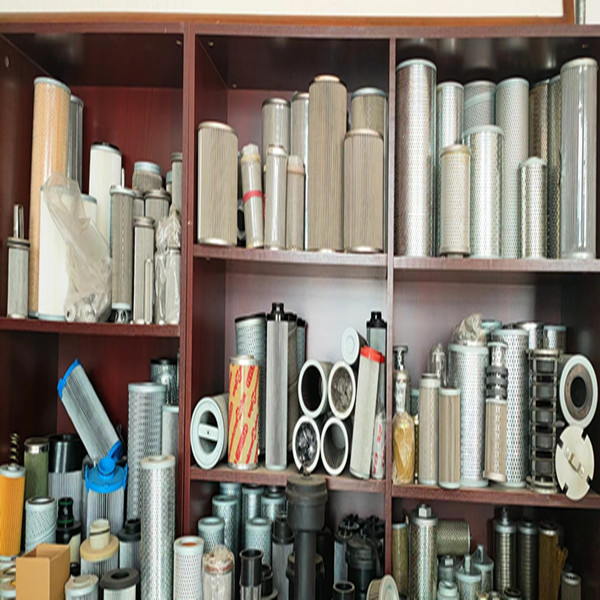
(roll of air filter)
FAQS on roll of air filter
Q: What is the purpose of a roll of air filter?
A: A roll of air filter provides continuous customizable filtration media for HVAC systems. It allows users to cut exact sizes needed for vents or machinery compartments. This bulk format reduces replacement frequency and costs by enabling on-demand sizing.
Q: Can roll air filter media improve indoor air quality?
A: Yes, specially engineered roll air filter media captures dust, pollen, and microparticles effectively. MERV 8-13 rated media significantly reduces airborne contaminants when properly sized and installed. Consistent replacement of cut-to-fit sections maintains peak filtration efficiency.
Q: How do I clean a washable air filter roll?
A: Vacuum loose debris first, then gently rinse under lukewarm water using mild detergent if needed. Thoroughly air-dry before reinstalling to prevent mold. Unlike disposable media, washable rolls require monthly cleaning for optimal performance.
Q: What makes hammock roll air filter unique?
A: Hammock roll air filter uses specialized pleated material suspended in a dual-layer frame for maximum surface area. This design boosts particle capture without restricting airflow in tight spaces. Its flexible mounting options work well in equipment with non-standard vent configurations.
Q: How frequently should I replace my DIY cut air filter sections?
A: Replace DIY-cut rolls every 1-3 months depending on air quality and usage intensity. Heavy particulate environments require monthly changes versus quarterly in clean spaces. Monitor visible dust buildup on the media as your replacement indicator.
Post time: ມ.ຖ.-10-2025

